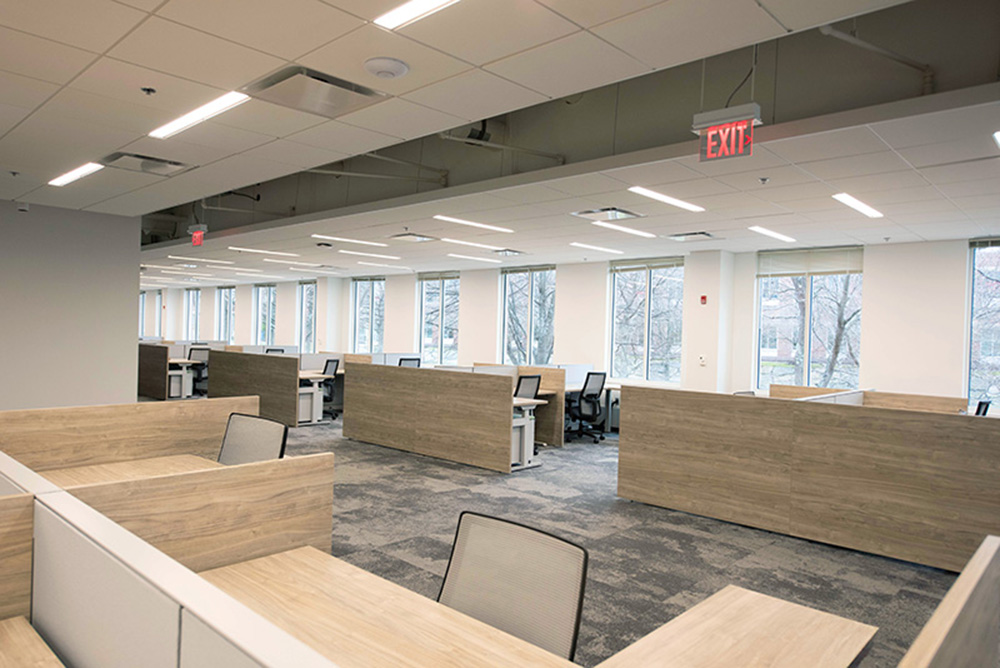News: Appraisal & Consulting
Posted: March 13, 2008
Growing concerns of the residential housing market
Increasingly appraisers are being asked by banks to analyze new construction projects that are not, shall we say, enjoying rapid sellout. Many of these developments, expected to sell out in 2-3 years, are entering their 4th or 5th year of marketing with little end in sight. Most are well designed and the quality of construction is good. Unfortunately current market conditions are making a lot of these 'good' developments look 'bad'.
Frustrated lenders are calling and looking for answers. Their biggest question: "How bad are market conditions and when will they improve?" In many cases the "Market Analysis" section of appraisal reports is more important to the lender than the valuation portion.
For most of 2007 and the first month of 2008 I was relatively optimistic that this correction would be mild in relation to past downturns, but within the last two weeks more and more evidence is making me feel less so. Here are some recent statistics that are causing the growing concern:
* According to the National Association of Realtors existing home sales hit a 9 year low in January while the median price for a home dropped for the fifth straight month.
* Foreclosures in Mass. rose 128% in January of 2008 versus the same level in January of 2007 according to the Warren Group.
* U.S. construction spending in January dropped by its largest margin in 14 years according to the Commerce Department.
* The December 2007 figure from the Case-Shiller Home Price Index for the greater Boston area reached its lowest level since the downturn in the residential market began. The December figure suggests prices in greater Boston are down 9.8% from their 2005 high.
* Moody'sEconomy.com released a forecast on March 3rd indicating that prices in the greater Boston area would fall an additional 8% before a recovery can begin some time in 2009. This would suggest that we are only ½ way through the current downturn.
* Between January and November 2007 lenders seized 6,970 properties in the U.S. from homeowners delinquent on mortgage payments. This is more than double the level in 2006 with only 11 months of statistics in, according to statistics recently released in the New York Times.
Many developers are being proactive and creative in their attempts to get rid of inventory before conditions worsen. Intercapital Partners, LLC decided to hold an auction of their remaining 52 units at the 215 unit Ironwood on the Green at Ferncroft in Middleton without being forced by a lender. The auction was deemed an overwhelming success as all 52 were sold. However, the average price was a stunning 55% below their peak prices in 2004 and 2005.
Now, what scares me about the current downturn versus the 1989-92 decline is the following:
* In 1989-92 mortgage rates were still in the high 8% range. The gradual decline in rates to the 6% range that was possible, and took place provided a significant boost to the residential market. A solid recovery began in 1993-94. At present mortgage rates are in the high 5% and low 6% range. Most agree that rates truly can't get much lower.
* In 1992 the economy was recovering from recession which aided the housing market. At the present, most economists agree that we are about to enter a recession. Just as we hit the 'halfway point' of this current downturn in the residential market, it looks like the economy will now enter into recession.
In short, two factors that provided great stimulus to the declining residential housing market of the early 1990s are not available to help the current downturn.
The good news from this downturn is that unlike 1989-92 there is not a simultaneous meltdown occurring in the commercial sector. This has allowed banks to be more patient and not take back struggling residential developments. In turn, the market is not being flooded with REO properties.
There is no doubt that the residential market will one day recover. We will get back to equilibrium and developers will be able to build and make a profit once again. On this gray day in March of 2008, however, I am having a tough time predicting "when" the recovery will take place and exactly "what" will lead us there.
Chris Bowler, MAI, SRA, is the 2008 president of the Apprasial Institute, Boston, Mass.
Tags:
Appraisal & Consulting
MORE FROM Appraisal & Consulting
Boyle of Chozick Realty negotiates $7.95m sale of 66-unit property
Barrington, MA Tom Boyle of the Hartford, CT office of Chozick Realty has completed the marketing and sale of the 66-unit Beechtree Commons Apartments for $7.95 million or $120,454 per unit.

Quick Hits






.png)